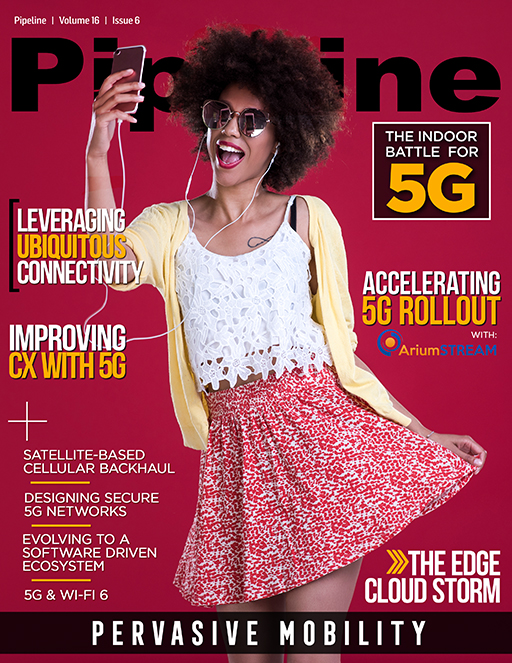Accelerating 5G Rollout
Given all of this complexity, it’s important to consider solutions that are both promising and feasible. One could be the use of ultra-high capacity radios with layer 1 bonding capability. This consists of combining two enclosures with one containing millimeter wave 60/70/80 GHz diplexers, and the second containing multiple licensed frequency diplexers. The baseband traffics are carried across the different frequency carriers using the inverse-multiplexing principle, and the waves are radiated through a single multi-band antenna.
Even though it is impossible to predict the performance of unlicensed links due to uncontrolled external factors, it would be beneficial to have backhaul engineers perform an intra-network interference analysis when designing the backhaul of spot or small cells with the outlined above solution. Regarding this, RF and backhaul engineers should use the same design tool for an efficient interference analysis. The ideal design software must contain the features described above for the RF backhaul pre-check tasks.
Innovating is essential
5G will certainly revolutionize the world of communication soon across the globe. New applications beyond our imagination will be part of every human being’s daily life. Thus, mobile operators are required to innovate in their 5G network rollout process, specifically on the backhaul design.





















